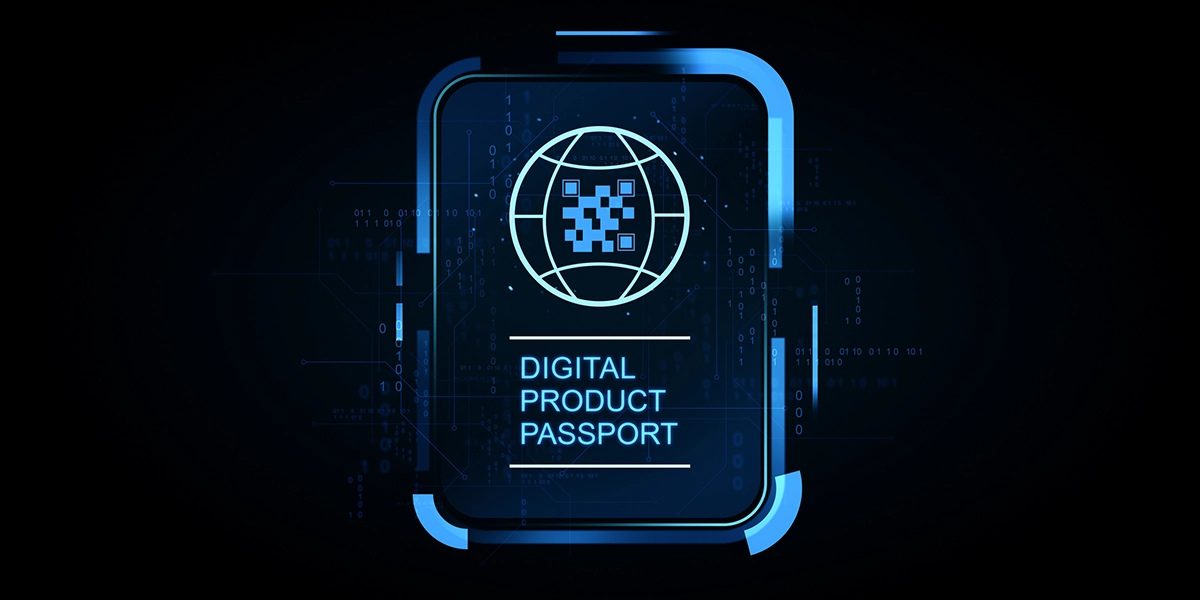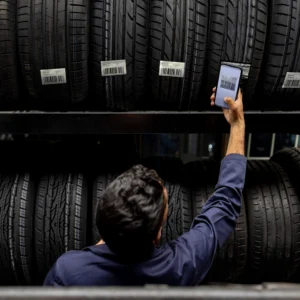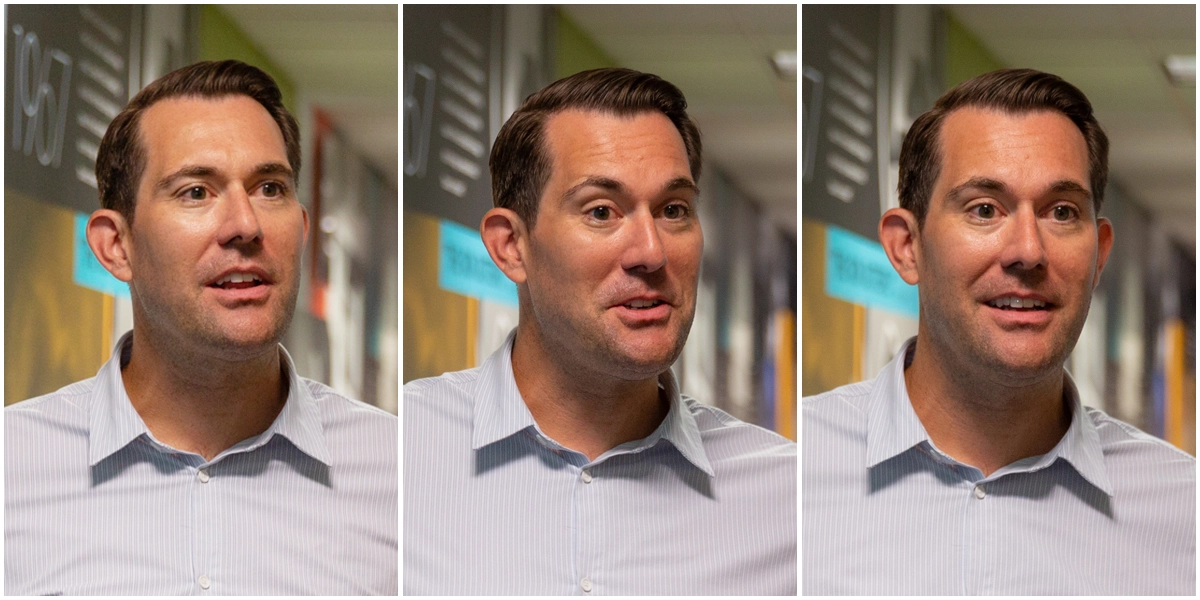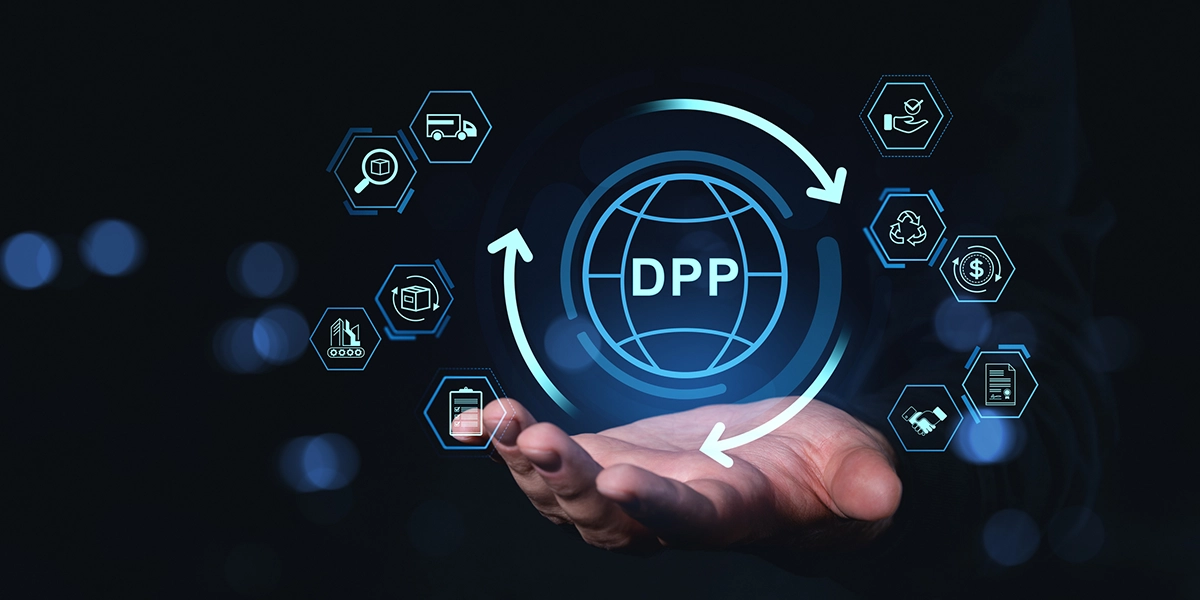DPP, or the Digital Product Passport, represents a new method for embedding crucial product information into a product itself, and it’s been appearing in the news with greater frequency as a pending EU legal requirement.
So, when we decided it was time to learn more about DPP, Mike Wahl was the person we wanted to talk to.
As Tweddle Group’s Vice President of Software Engineering, AI & IT, Mike Wahl consistently finds himself at the center of each new technological integration. And though he downplays his role in these developments, his knowledge and enthusiasm played a significant part in Tweddle Group’s shift toward virtualization, cloud computing and, most recently, AI.
In Part One of the following interview, Mike explains the basic concept behind DPP: what it is, what it contains, and how it brings a much-needed layer of information accessibility to the products we use every day.
Thanks for talking to us, Mike. To start, could you provide us an overview of your career to date, and how you came to get involved with Tweddle Group’s integrations of AI?
Sure. I mean, Joe, I think we could write a book, man. (Laughs) But, in terms of overview, you know, I came up as an engineer and I’ve been with Tweddle Group for 18 years, starting in 2007. I came in as a systems engineer and I’ve always really liked working with larger, cross-functional teams.
I really enjoy management, and I’ve always gravitated to a people-centric approach to technology, and all of that intersecting brought me into leading teams and groups while working within technology.
Terrific.
These days, I still have oversight of technology from an operations perspective, but lately I’ve been spending more time with the software solutions team. And, of course, what’s near and dear to my heart is spending as much time as possible with AI.
I do a lot of research and development there, figuring out the best ways to integrate these emerging technologies. Often, I’m working with individuals and teams, helping them acclimate to these processes and finding out how the tools can optimize their workflows and their outputs.
You’ve really spearheaded the AI initiatives for the company.
I mean, I don’t know. (Laughs) I’m just one person. Not to deflect what you’re saying but, honestly, AI is just really interesting to me. I frequently find ways to get involved.
You know, I got interested in AI pretty early on. I think AI presents some really compelling opportunities and my goal is to figure out how we get people excited about it.
Which you’d previously done [at Tweddle Group] with virtualization and the cloud.
Right. Right. And this is the next wave of that push. Different technology, same idea.
Tweddle Group’s always led the way on the technology front. It always behooves us to ask, “Where do we apply this? Where does this fit into our solutions, and our offerings? How do we use it to better serve our customers?” We want to lead our customers in the smartest possible direction, preferably sooner than later.
But yeah, to go back to your question, it’s more than just me, right? The idea is, they have me, and there are other folks just as committed to these initiatives, and we are all pulling together to track these technologies as they take shape and integrate them in real time.
So, am I involved? Yeah. (Laughs) But it’s way more than just me. We have a great team.
"DPP is designed to be read both by humans and computer systems, so automated processes can make decisions based on this data."
What is DPP?
Well, for our discussion today, what is a Digital Product Passport?
So, we can think of a digital product passport as a digital ID card that travels with a product through its entire lifecycle.
It contains all the critical data about how the product was made, what materials it contains, how to maintain it, and how to responsibly dispose of it at the end of its life.
So, in the same way we have a passport as we travel through the world and through different countries, you know, products will carry this digital ID, this passport, and that allows us to know exactly what we’re dealing with when we come into contact with it. And when you look at a vehicle that’s going to be very helpful.
Okay. So, the name says it all.
Right. (Laughs) Although, generally, we just say DPP. Because you can never have too many acronyms.
Here’s another one.
(Laughs) Here’s another one.
And the difference between DPP and traditional documentation is the DPP is designed to be read both by humans and computer systems without human intervention. That means automated processes can make decisions based on this data.
What sorts of decisions?
Oh, everything from recycling and sorting materials to insurance systems calculating risk premiums.
Look at it this way: current product documentation tells humans about the product.
DPPs enable products to tell systems about themselves.

DPP LEGISLATION
Okay. (Laughs) That’s new. For myself, personally, when we initially discussed this, I understood it primarily as a regulatory framework.
Which it is, right? It is that, too. DPP is primarily a regulatory framework. The EU mandate establishes a framework for defining what information has to be embedded in products.
It also regulates how that information should be structured, although it is not prescriptive regarding document format.
So, it regulates information content and structure, but not document format.
Correct. Just like building codes, right? Look at the regulations governing construction. For example, the building code will tell you which safety requirements your building needs to meet, but you can choose different materials and construction methods to achieve compliance.
Okay. That makes sense.
How do we implement DPPs, you know, without rebuilding our entire content infrastructure?
Good question. And that’s why they don’t regulate documentation formats, right? That flexibility is intentional and strategic, because it allows companies to choose the solutions that integrate best with their existing operations while still meeting compliance requirements. Does that make sense?
It makes sense.
DPP is still in its infancy, but the long-range potential is there, and our challenge is to align with it without rebuilding our tech or our content infrastructure or our systems.
Luckily, Tweddle Group is well-positioned. Our data is already structured in XML, so our clients are ahead of some other organizations in that there’s no scramble to figure out how to structure all this data. That structure piece is a big part of the problem, and we already have it sorted out.

DPP CONTENTS
What sort of information does a DPP contain?
The DPP will vary from product to product, right? But let’s look at the DPP for a vehicle because that’s something everybody will be familiar with.
For a vehicle, the DPP is going to contain everything from the cobalt in the battery to the plastic in the dashboard. And each thing will have its own detailed record.
Drilling down, that’s going to mean identity information. This will be the product’s ‘birth certificate’. You’ll see any unique identifiers, model numbers and manufacturing details.
You’ll have material composition, which will be a detailed breakdown of what the product is made from, including percentages of recycled content and information about raw material sourcing.
Like a food ingredient label.
Right. What did it take to make the pieces comprising this product?
Next, you’ll have environmental impact data. That’ll be your carbon footprint calculations, energy consumption during manufacturing and recyclability metrics.
DPP also contains performance and durability information. This covers the expected product lifespan, the performance specs and everything required to maintain the product.
End-of-life instructions explain how to properly disassemble, recycle or dispose of the product and its components.
And the DPP also includes supply chain traceability. So, that’s information about suppliers, manufacturing locations and a transportation history. This is essentially the product’s “travel history” and, again, that’s easy to understand if you’re looking at this like a passport.

SUSTAINABILITY AND CONTENT STRUCTURE
Is the DPP pretty much a sustainability concern?
It is in large part. Some, but not all, of DPP is about sustainability.
And some of this will be great to know when you’re talking about battery electric vehicles, right? How do we safely dispose of an EV battery? What’s in it? Where is it coming from?
So, how is this information structured, and why is the structure so critical that it needs to be regulated?
The structural requirements support DPP’s ability to be readable by different computer systems. It’s built using standardized data formats, so these different computer systems can understand each other.
Think of it like having a universal language for product data. DPP uses established standards like ECLASS, essentially a standardized vocabulary for describing products, and combines it with formats like XML or JSON to create information that different software systems can easily interpret.
And this is where, from a structural standpoint, if your data’s already in XML or some other standardized format, you’re well on your way to having it processed and understood by different systems.
So, the big shift will be moving all this content into a standardized format and structure. We’ll see less content packaged in these weird, wonky, one-off kinds of ways, where the information can only be understood by specific, proprietary systems. We’ll see more content readable by wide, or universal, methods of processing.
"The big shift will be moving all this content into a standardized structure."
What should a company do if they have a bunch of un-structured content, and they need to transform it for DPP compatibility?
Well, that’s the rub, isn’t it? (Laughs) I mean, if a batch of content isn’t in a standardized format or is not structured in XML or JSON, you know, then we get into this situation where at some point you have to figure it out. “This is messy. How do we get this structured?”
It’ll be a very iterative process.
And I assume we’ll see two different camps. The folks with structured content over here, and the folks with, I don’t know, (laughs) a bunch of Word docs or PDFs over there.
Totally. Yeah, totally.
It’s funny, somehow, that any effort toward content standardization is only happening now. I mean, digital content is not a new thing.
It is funny. It kind of happened overnight. And it’s important. And it’s starting in the EU, but as it takes shape over in Europe, the States and other places will follow suit.
So, did the arrival of EVs really spur this on, or was it something else?
Honestly, it was more of an environmental and social concern. There was this realization that we’re flooding the world with all kinds of electronic stuff. “Maybe we should get some transparency and formality around the origin of all this material.” Right?
What’s the life cycle of a piece of electronics? What are the rules for when something has reached its end of life? That could be a vehicle, a battery, a pair of headphones, computer, laptop, whatever. And there are very few rules for disposal and no real, coherent process around that.
Because otherwise it’s just a bunch of stuff getting made and then thrown into a pile. (Laughs) I don’t think anybody wants that.

Is the end state here somebody knocking on someone’s door and saying, “We found this battery in a dumpster at the corner, and we know it belongs to you. You need to dispose of it properly or here’s a fine.” That sort of thing?
It’s hard to say. Maybe. Like we said, the DPP contains end-of-life disposal instructions along with supply chain traceability, so it’s feasible.
More practically, and more immediately, each of these products will have instructions for how to properly dismantle, recycle or dispose of it.
So, we’ll finally have clear instructions, versus, you know, “We’ll just throw it in the garbage and forget about it.”
In our next installment, we’ll look at DPP’s role in interoperability, its potential impacts on supply chain traceability and how it could improve day-to-day life within the right-to-repair landscape.
Mike Wahl photos by Matt Wong for the Tweddle Group Photography Team



